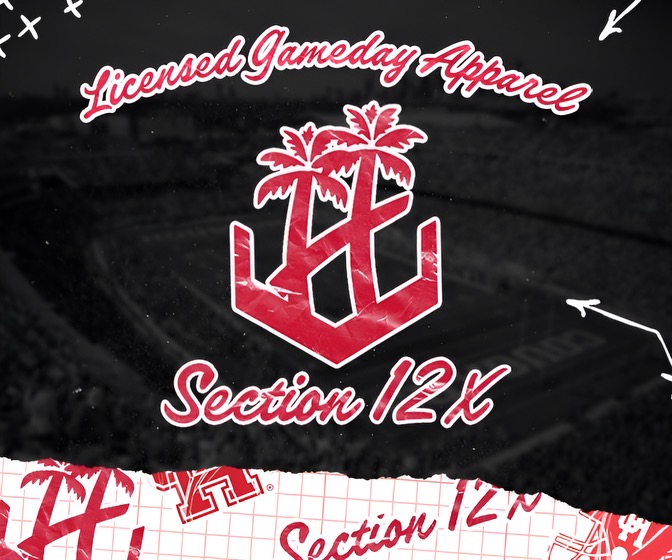
In the late 1940s and 50s, before the University of Houston had achieved much in terms of athletics success, the school was known across the country thanks to the Cullen Rifles. The Rifles were a precision military drill team founded by Hugh Roy Cullen.
Cullen began the program in the summer of 1948 at a time when precision teams were popping up all over the country. In the southwest, the Cullen Rifles became synonymous with discipline and honor and were seen as one of the country’s best, almost from their founding. In 1950, the Texas A&M student newspaper The Battalion said that the Ross Volunteers, the drill team from the Corps of Cadets, hoped to “match talent and wits with the recently formed University of Houston Cullen Rifles.”

From the outset, Cullen wanted to show off the 30-man precision team near and far. They regularly marched in Houston’s popular Armistice Day Parade and performed at most football games both home and away. Wearing pink and green military dress uniforms, the unit impressed crowds at Fiesta Flambeau in San Antonio and in various New Orleans Mardi Gras parades.

On March 16, 1949, UH President E.E. Oberholtzer invited the Cullen Rifles to flank the stage and perform at the dedication ceremony for the new Ezekiel Cullen Building. The building had been in the planning and construction stages for nearly four years and was still 18 months until it would open.

Multiple times, including a 1956 campaign trip to Houston and another trip to the UH campus, President Eisenhower employed the Cullen Rifles as his color guard.

The selection process to get into the Rifles was competitive and by the third year, new recruits were selected by the junior and senior members. Because of their popularity, UH added a fourth squad so that the Rifles could compete as a 40-man team.
While the guard’s members enjoyed the parades and other appearances, they believed their first responsibility was to compete. The Daily Cougar and Houstonian Yearbook both boasted that the Rifles were “almost undefeated” as a competitive drill team. It was a source of pride for the team’s first generation.
Following the Korean War, the Cullen Rifles began to lose their significance and had leveled off by the end of the 50s. The guard became known as the Cougar Rifles and continued in some form until the 1970s before being dismantled. In 2013, Lillie Robertson made a gift to reestablish the Cullen Rifles in order to honor her grandfather, Hugh Roy.






Widget not in any sidebars
Widget not in any sidebars


